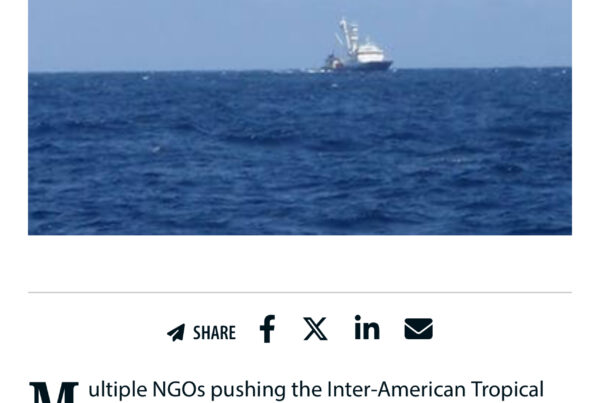A single country has accounted for about 80 percent of the fishing in the international waters just off Argentina, Ecuador and Peru this year. And it is not a South American country. It is China.
In recent years, hundreds of Chinese fishing vessels have begun to operate almost 24 hours a day, seven days a week, off the coast of South America. The ships move with the seasons, from Ecuador to Peru to Argentina. China has focused on these faraway waters after depleting fish stocks closer to its own shores.
You can see the scale of this fishing effort in the maps that are part of a Times project by Steven Lee Myers, Agnes Chang, Derek Watkins and Claire Fu.
China’s fishing expansion is part of a much larger story, of course. As the world’s most populous country, and one with an economy that has grown rapidly in recent decades, China has a growing global footprint — economically, diplomatically and militarily. It needs so much fish to feed a middle class that has become vastly larger over the past generation.
China’s rise has brought great benefits to its citizens: Many fewer of them live in poverty. But that rise is also creating problems for the rest of the world. China’s leaders have been willing to flout international law to accomplish their goals. Even when China is following the law, it sometimes harms other countries for the sake of helping itself (which, to be fair, powerful nations have long done).
The fishing expansion is a good example. The Times project focuses on South America, because China’s fishing around the Galápagos Islands has become a flash point. Ecuador’s government accused Chinese boats of fishing too close to Ecuador’s shores, and both local fishing crews and environmental groups are worried that China is depleting local fish stocks.



